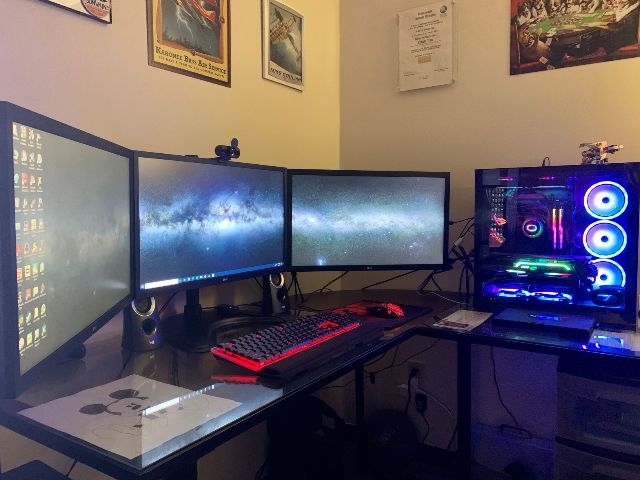In the realm of entertainment, few industries have experienced the kind of rapid evolution that gaming has. What began as simple pixelated paddles and balls in games like “Pong” has transformed into immersive experiences that transport players to alternate worlds through virtual reality. This article delves into the fascinating journey of gaming, from its humble beginnings to the cutting-edge technology of virtual reality.
The Dawn of Gaming – Pong and the Arcade Era
The story of gaming’s evolution begins in the early 1970s with “Pong,” a table tennis simulation created by Atari. This rudimentary game was a modest start, featuring basic graphics and gameplay. It became the cornerstone for an entire industry. Players lined up in arcades to try their hand at this new form of entertainment, setting the stage for the gaming revolution.
Arcades soon gave rise to classics like “Space Invaders,” “Pac-Man,” and “Donkey Kong.” These games laid the groundwork for the industry’s growth, captivating audiences worldwide. With the advent of home consoles, gaming started to find its way into households, forever changing the way we play.
The Rise of Consoles and PC Gaming
The late 1970s and early 1980s saw the emergence of gaming consoles. Atari’s success with the Atari 2600 console opened the doors for others, including Nintendo and Sega. These consoles brought gaming into homes, offering a variety of titles and innovative gameplay.
As technology advanced, so did gaming graphics and storytelling. The Nintendo Entertainment System (NES) introduced iconic characters like Mario and Zelda. The Sega Genesis and Super Nintendo competed fiercely, pushing the boundaries of what was possible in the gaming world.
Simultaneously, personal computers (PCs) became a gaming platform of their own. With titles like “Doom,” “Myst,” and “The Sims,” PC gaming opened new horizons for gamers, offering complexity and diversity that consoles couldn’t match.
The Internet and Multiplayer Revolution
The late 1990s marked a significant turning point with the widespread adoption of the internet. This technological advancement would redefine the gaming landscape once more. Online multiplayer gaming took center stage, enabling players from around the world to compete and cooperate in virtual environments.
Games like “Quake” and “Counter-Strike” became pioneers in online multiplayer gaming. Consoles, too, embraced online connectivity, with Microsoft’s Xbox Live service setting a new standard for the industry. Gamers were no longer limited to local multiplayer or single-player experiences; they could connect with friends and strangers alike.
The Mobile Gaming Revolution
In the mid-2000s, the gaming world experienced another seismic shift with the advent of smartphones. Mobile gaming brought games to a new, massive audience. Titles like “Angry Birds,” “Candy Crush,” and “Pokémon GO” became global phenomena, making gaming a part of daily life for millions.
Mobile devices offered casual gamers accessible, on-the-go entertainment, while also providing more hardcore gamers with complex and immersive experiences. The mobile gaming market continues to thrive, with new games and technologies constantly emerging.

Virtual Reality and the Future of Gaming
As we reach the present day, the gaming industry is on the brink of another transformation: virtual reality (VR). VR headsets, such as the Oculus Rift and PlayStation VR, immerse players in fully 3D worlds, offering an unprecedented level of immersion. Gamers can step into their favorite games, interact with characters, and explore new dimensions.
Titles like “Half-Life: Alyx” and “Beat Saber” have showcased the potential of VR gaming, and as the technology continues to advance, the possibilities seem limitless. Virtual reality is gradually becoming more accessible and affordable, paving the way for its integration into mainstream gaming.
Conclusion
The evolution of gaming from “Pong” to virtual reality has been a thrilling journey, marked by innovation, competition, and ever-advancing technology. What was once a simple bouncing ball has grown into a multi-billion-dollar industry, shaping the way we play, connect, and experience entertainment. Check out Dicomono to learn more about gaming.
With the ongoing development of virtual reality and the potential for augmented reality, the future of gaming is brighter than ever. As technology continues to evolve, gamers can expect more immersive and engaging experiences. The evolution of gaming is far from over, and the adventure is just beginning.





